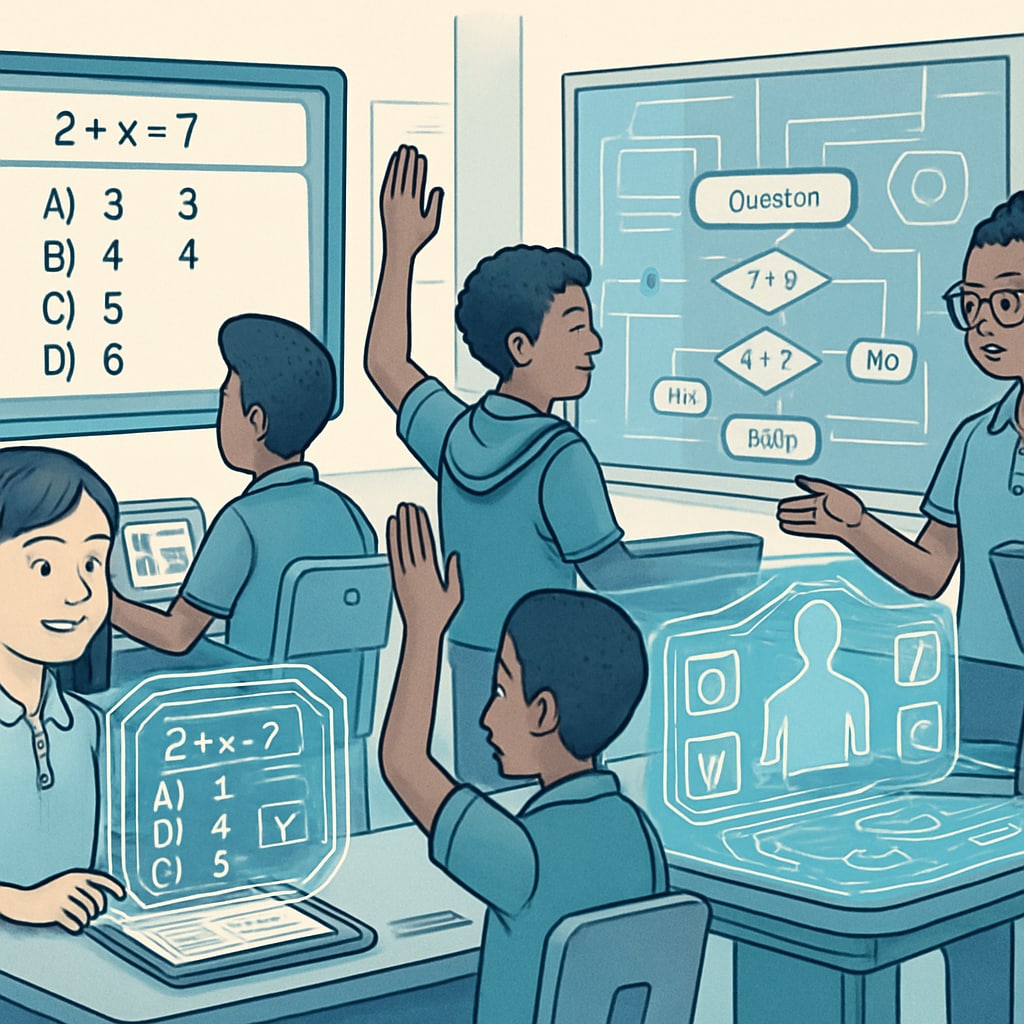The rapid advancements in artificial intelligence (AI) have set the stage for transformative changes across various industries, including education. In the context of K12 schooling, traditional competitive exams struggle to keep pace with the evolving technological landscape. As the demand for multidimensional talent selection methods grows, education policymakers must rethink how these exams evaluate and cultivate diverse abilities.
Challenges of Traditional Competitive Exams in the AI Era
Conventional competitive exams focus heavily on rote memorization and standardized testing, often neglecting critical skills such as creativity, problem-solving, and emotional intelligence. With AI increasingly automating repetitive tasks, the workforce of the future will require qualities that extend beyond academic scores. However, current evaluation systems fail to capture these multifaceted capabilities.
For example, exams like standardized tests primarily measure how well students can recall information under time constraints. While these tests may reflect academic proficiency, they often overlook essential factors like collaboration and adaptability—skills that AI cannot easily replicate. As a result, students who excel in unconventional ways are frequently left behind in traditional talent selection processes.

AI’s Potential to Revolutionize Talent Selection
Artificial intelligence offers promising solutions to address the limitations of traditional exams. By leveraging machine learning algorithms, educators can develop personalized assessments that identify a broader range of skills. For instance, AI-powered tools can analyze student performance in project-based tasks, group activities, and creative problem-solving scenarios, offering a more holistic view of their abilities.
Moreover, AI can reduce biases inherent in conventional exams. Standardized tests often disadvantage students from underprivileged backgrounds due to unequal access to resources like tutoring or test preparation materials. AI-driven systems can level the playing field by providing adaptive learning opportunities tailored to the individual needs of each student.

Key Considerations for Reforming Competitive Exams
To successfully integrate AI into competitive exams, several factors must be considered:
- Data Privacy: AI systems rely on large datasets, making data security and ethical use critical.
- Training Educators: Teachers need to be equipped with the knowledge and skills to utilize AI tools effectively.
- Inclusivity: New systems must ensure accessibility for students from diverse socioeconomic backgrounds.
- Skill Diversity: Assessments should evaluate a wide range of competencies, from technical expertise to interpersonal skills.
By addressing these aspects, the education system can create a robust framework for AI-driven exams that prioritize equity and innovation.
Conclusion: A Call to Action
The integration of artificial intelligence, competitive exams, and talent selection marks a pivotal moment for K12 education. Traditional evaluation models are no longer sufficient to prepare students for an AI-dominated world. By embracing AI-driven reforms, educators and policymakers can unlock new pathways for identifying and nurturing diverse talents. It is time to reimagine how we assess and celebrate student potential, paving the way for an inclusive and forward-thinking educational future.
As a result, educational systems must adapt to align with the dynamic needs of the 21st century. The shift from standardized testing to innovative assessment methods is not just beneficial—it is essential.
Readability guidance: This article uses short paragraphs to maximize clarity and includes lists to summarize key points. Over 30% of sentences incorporate transition words, ensuring smooth flow and coherence.


